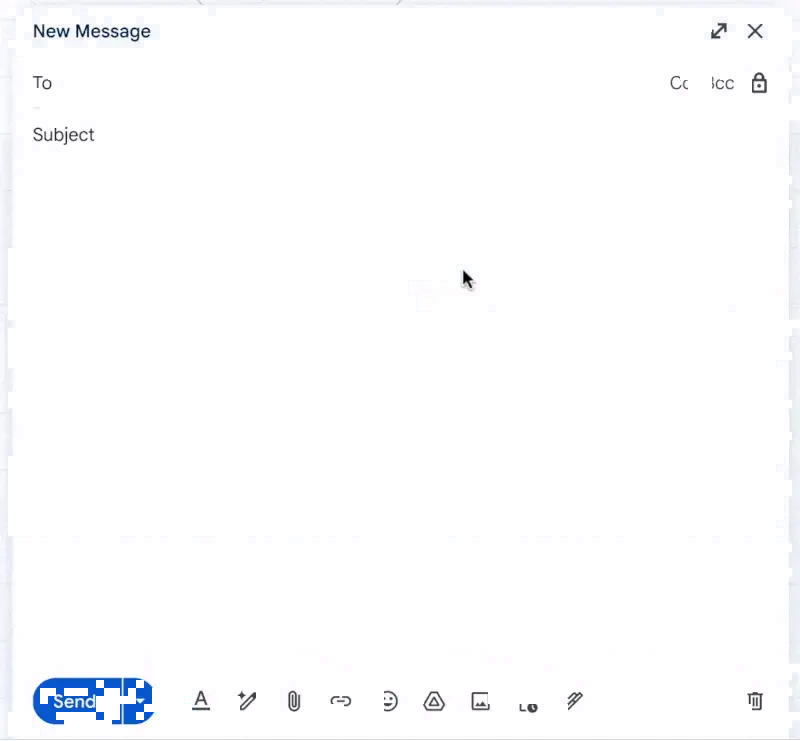Google has initiated the rollout of a new end-to-end encryption (E2EE) model for Gmail enterprise users, aiming to simplify the process of sending encrypted emails across various platforms.
Traditionally, implementing encryption protocols like Secure/Multipurpose Internet Mail Extensions (S/MIME) required significant resources, including the deployment and exchange of certificates among users.
This complexity often posed challenges for IT teams and end-users alike.
The newly introduced E2EE model allows business users to send fully encrypted emails to any recipient, regardless of their email service or platform, without the need for complex certificate management.
According to Google, this advancement abstracts away the traditional IT complexities and substandard user experiences associated with existing solutions while preserving enhanced data sovereignty, privacy, and security controls.

The rollout is planned in phases. Initially, the beta version enables sending E2EE emails to Gmail users within the same organization.
In the coming weeks, this capability will extend to any Gmail inbox, and later this year, to any email inbox, broadening the scope of secure communications.
This development is particularly significant for organizations in highly regulated industries that are mandated to encrypt sensitive emails.
Existing encryption protocols have been noted for being cumbersome and difficult to scale, often leading to frustration among users. The new model addresses these issues by eliminating the need for IT administrators and users to manage certificates or install custom software before sending a message.
Gmail now handles these processes behind the scenes, streamlining the user experience.
End-users can activate encrypted messaging through their settings, or administrators can set it as the default for specific groups, such as legal or finance teams.
Encrypted messages will not display preview text in recipients’ inboxes and cannot be forwarded or downloaded, adding layers of security.
Notably, organizations will continue to manage and store their own encryption keys, ensuring that Google cannot access the content of the messages.






























